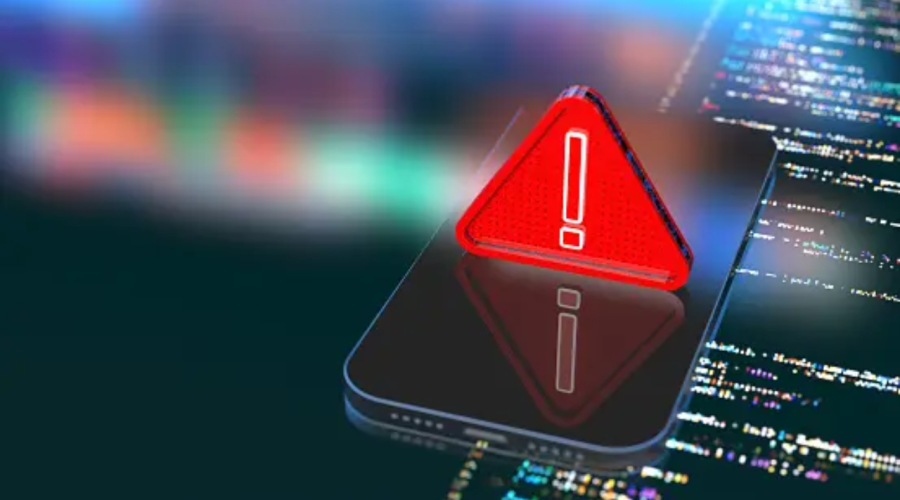Cybersecurity Incident Response: How to Respond to Incidents
Businesses face many threats to their information security. Cyberattacks can come from many sources, including hackers, viruses, and even internal employees. That’s why it’s crucial for companies to have a strong Cybersecurity Incident Response plan in place. Cybersecurity Incident Response is the process of identifying, managing, and recovering from cyber incidents. It involves several steps to ensure that threats are handled quickly and effectively. In this article, we will discuss the importance of Cybersecurity Incident Response, the steps involved in responding to incidents, and best practices for handling these situations.
Importance of Cybersecurity Incident Response
Cybersecurity Incident Response is vital for several reasons. First, it helps protect sensitive information from being stolen or damaged. When a cyber incident occurs, quick action is necessary to prevent further harm. A well-prepared Cybersecurity Incident Response plan ensures that the company can respond efficiently and minimize damage. Second, having a robust Cybersecurity Incident Response plan can save a company money. Cyber incidents can be costly, both in terms of lost data and potential fines. By responding quickly, a company can reduce these costs. Lastly, a good Cybersecurity Incident Response plan helps maintain customer trust. When customers know that a company takes their security seriously, they are more likely to continue doing business with them.
Steps in Cybersecurity Incident Response
There are several key steps involved in Cybersecurity Incident Response. Each step is crucial in ensuring that incidents are managed effectively and that the company can recover quickly.
- Preparation: The first step in Cybersecurity Incident Response is preparation. This involves creating a detailed response plan and training employees on how to handle incidents. The plan should include clear procedures for identifying and reporting incidents, as well as guidelines for communication during a crisis.
- Identification: The next step is identifying the incident. This involves monitoring the company’s systems for any signs of unusual activity. When an incident is detected, it should be reported immediately to the relevant personnel.
- Containment: Once an incident is identified, the next step is to contain it. This means taking actions to prevent the incident from spreading and causing further damage. For example, this might involve isolating affected systems or disconnecting them from the network.
- Eradication: After the incident is contained, the next step is eradication. This involves removing the cause of the incident from the company’s systems. This might include deleting malicious files, patching vulnerabilities, or taking other actions to eliminate the threat.
- Recovery: The recovery phase involves restoring affected systems and data to their normal state. This might involve restoring data from backups, reinstalling software, or taking other actions to return to normal operations.
- Lessons Learned: The final step in Cybersecurity Incident Response is reviewing the incident and identifying lessons learned. This involves analyzing what went wrong, what actions were effective, and how the company can improve its response in the future.
Best Practices for Cybersecurity Incident Response
To ensure an effective Cybersecurity Incident Response, companies should follow several best practices. These practices can help improve the company’s ability to respond to incidents and reduce the impact of cyber threats.
- Develop a Comprehensive Plan: A detailed Cybersecurity Incident Response plan is essential. The plan should outline the roles and responsibilities of each team member, the steps to take during an incident, and the communication protocols to follow.
- Train Employees: Employees should be trained regularly on how to recognize and report incidents. This training should include simulated incidents to ensure that employees are prepared to respond effectively.
- Monitor Systems Continuously: Continuous monitoring of the company’s systems can help detect incidents early. This involves using tools and technologies to monitor network traffic, system logs, and other indicators of potential threats.
- Conduct Regular Audits: Regular audits of the company’s systems and processes can help identify vulnerabilities and areas for improvement. This includes reviewing the Cybersecurity Incident Response plan to ensure it is up-to-date and effective.
- Collaborate with External Experts: In some cases, it may be beneficial to collaborate with external cybersecurity experts. These experts can provide additional insights and support during an incident, helping to ensure a more effective response.
- Use Advanced Security Tools: Utilizing advanced security tools and technologies can help enhance the company’s Cybersecurity Incident Response capabilities. This includes tools for threat detection, incident management, and forensic analysis.
- Establish Clear Communication Channels: Clear communication is crucial during a cyber incident. Establishing predefined communication channels can help ensure that information is shared quickly and accurately among team members.
- Document and Review Incidents: After each incident, it is important to document what happened and review the response. This helps identify what worked well and what could be improved, leading to a stronger Cybersecurity Incident Response in the future.
Cybersecurity Incident Response is a critical aspect of any company’s security strategy. By having a well-defined plan and following best practices, companies can effectively manage and recover from cyber incidents. This not only helps protect sensitive information but also maintains customer trust and reduces potential costs. In today’s digital age, a robust Cybersecurity Incident Response plan is not just a good idea—it’s a necessity.
If your company needs help developing or improving its Cybersecurity Incident Response plan, eStreet Security is here to assist. Our team of experts can provide the support and guidance needed to ensure your company is prepared for any cyber threat. Contact us today to learn more about our services and how we can help secure your business.


